Mole Sauce: The Rich and Complex Heart of Mexican Cuisine
Table of Contents
Introduction to Mole Sauce
Mole sauce, often described as the soul of Mexican cuisine, is a rich and complex sauce that has captivated palates around the world. What is mole sauce in Mexican food? It’s more than just a condiment—it's a culinary tradition steeped in history, culture, and flavor. Mole can be found in various forms across Mexico, each with its own unique blend of ingredients and regional flair.
When you ask, what is mole sauce in Mexican food, the answer is simple: it's a sauce made from a combination of chiles, spices, nuts, fruits, and chocolate—often with a hint of sweetness and a deep, earthy richness. But don’t let the simplicity of the description fool you; mole is anything but basic. It’s a labor of love, often requiring hours of preparation and a keen understanding of balance and harmony in flavors.
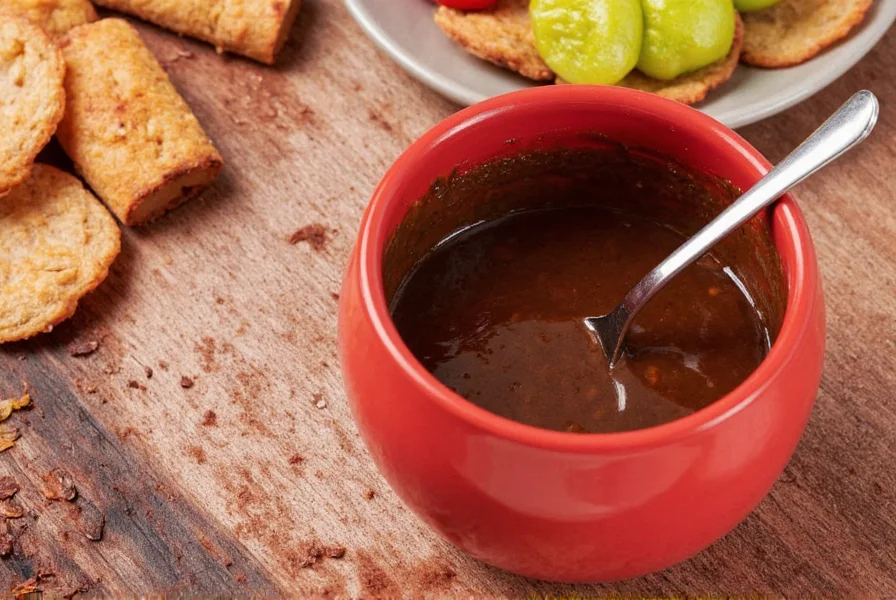
Types of Mole Sauce
There are several types of mole sauce, each with its own distinct character and origin. Here are some of the most popular ones:
- Mole Poblano: The most famous variety, made with ancho chiles, tomatoes, chocolate, and a mix of spices like cinnamon and cloves.
- Mole Negro: A dark, smoky sauce made with a variety of chiles, including mulato and ancho, along with chocolate and sometimes dried fruits.
- Mole Verde: A green sauce made with tomatillos, herbs, and green chiles, offering a fresh and tangy profile.
- Mole Rojo: A red sauce that uses red chiles and often includes tomatoes, giving it a bold and spicy kick.
- Mole Amarillo: A yellow sauce made with yellow chiles, which gives it a milder and slightly sweet taste.
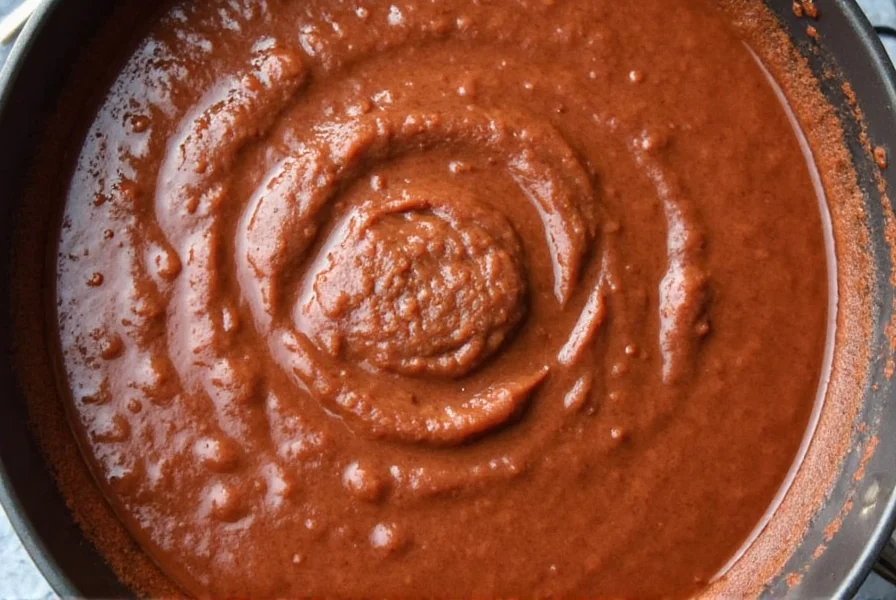
The Ingredients Behind the Magic
What is mole sauce in Mexican food? To understand this, you must look at the ingredients. Mole is not just about chiles—it’s a symphony of flavors. Here are some key components commonly used in mole:
- Chiles: Ancho, mulato, pasilla, and others form the base of many mole sauces.
- Spices: Cinnamon, cloves, cumin, and nutmeg add depth and warmth.
- Nuts and Seeds: Almonds, sesame seeds, and peanuts contribute to the texture and richness.
- Fruits: Dried fruits like raisins or prunes bring a natural sweetness.
- Chocolate: Used in many varieties, especially mole poblano, it adds a subtle bitterness and complexity.
Each ingredient plays a role in creating the layered flavor that defines mole. It's not just about what goes in, but how they all come together.
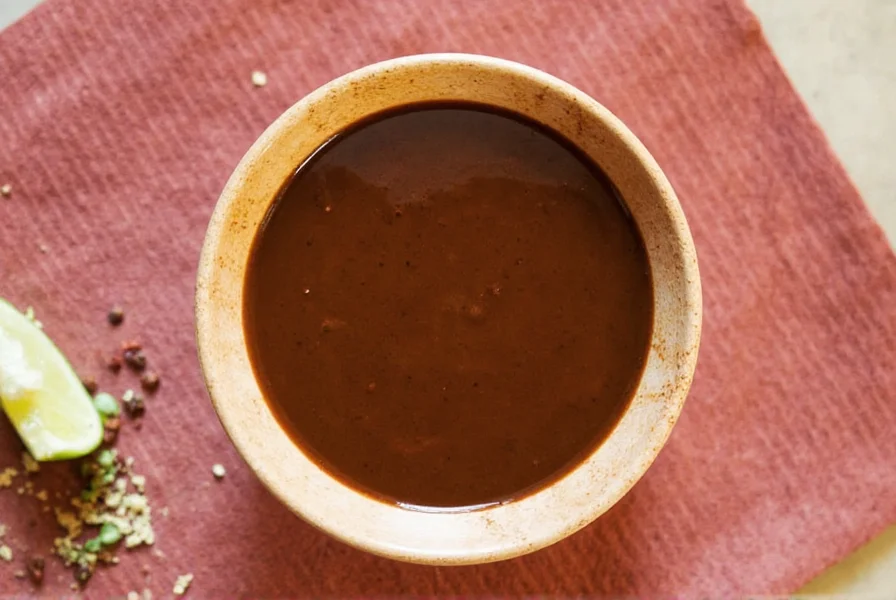
Cultural Significance of Mole
Mole sauce holds a special place in Mexican culture. It's more than just a sauce—it's a symbol of tradition, family, and celebration. In many regions, mole is prepared for important events such as weddings, religious festivals, and even funerals. The process of making mole is often a communal effort, bringing families together to share stories and traditions.
The phrase, what is mole sauce in Mexican food, might seem straightforward, but when you delve into its cultural roots, it becomes clear that mole is a representation of Mexican identity. It tells the story of indigenous and Spanish influences, of migration, and of adaptation over time.
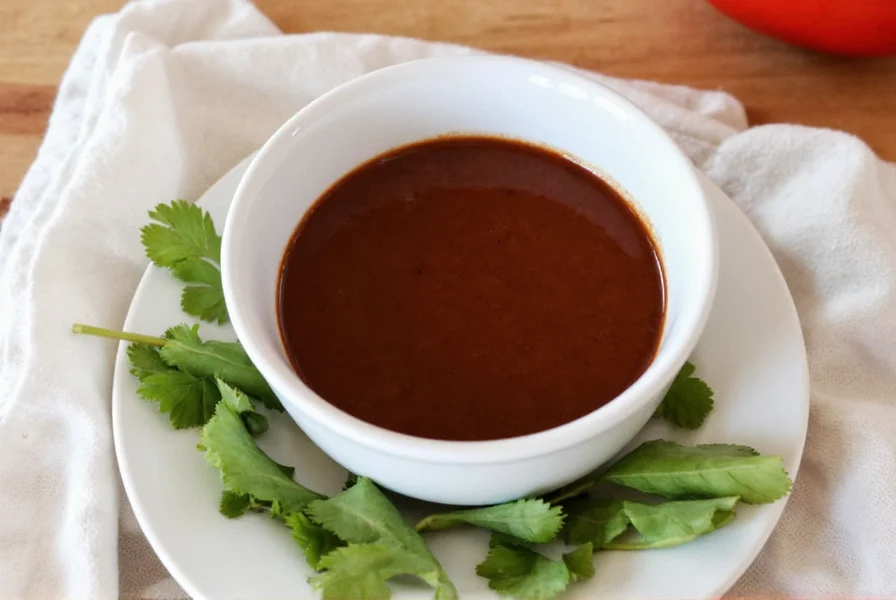
Practical Tips for Cooking with Mole
If you're curious about what is mole sauce in Mexican food and want to try your hand at cooking it, here are some practical tips to help you get started:
- Start with quality ingredients: Fresh chiles, good-quality chocolate, and high-quality spices will make a big difference.
- Roast the chiles: This enhances their flavor and gives the sauce a deeper, smokier taste.
- Use a mortar and pestle: Grinding the spices by hand helps release their essential oils and aromas.
- Balance the flavors: Mole should have a balance of sweet, sour, salty, and spicy notes. Taste frequently and adjust as needed.
- Let it rest: After cooking, allow the sauce to sit for a while so the flavors can meld together.
Remember, mole is a dish that requires patience and attention. The saying, what is mole sauce in Mexican food, may seem simple, but the journey of making it is where the true magic happens.
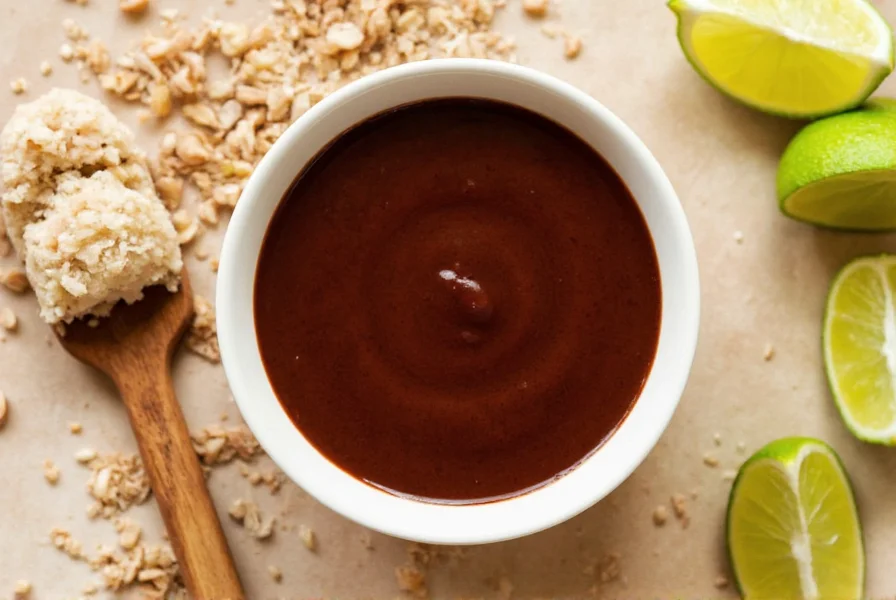
Buying Guide for Mole Sauce
If you’re looking for ready-made mole sauce, there are several options available on the market. Here’s a quick guide to help you choose the right one:
| Product Name | Features | Advantages | Target Audience | Suitable Occasions |
|---|---|---|---|---|
| Mole Poblano Classic | Traditional recipe with ancho chiles, tomatoes, and chocolate | Easy to use, authentic flavor | Cooking enthusiasts, home chefs | Weeknight dinners, casual gatherings |
| Organic Mole Negro | Uses organic chiles and natural sweeteners | Health-conscious, eco-friendly | Eco-conscious cooks, health-focused individuals | Potlucks, vegetarian meals |
| Vegetarian Mole Verde | Free from animal products, made with tomatillos and herbs | Perfect for vegan diets | Vegan and vegetarian cooks | Plant-based dinners, special occasions |
Whether you're a seasoned cook or just starting out, these products offer convenience without compromising on flavor. When you ask, what is mole sauce in Mexican food, the answer is not just about taste—it’s also about finding the right product that fits your lifestyle and preferences.
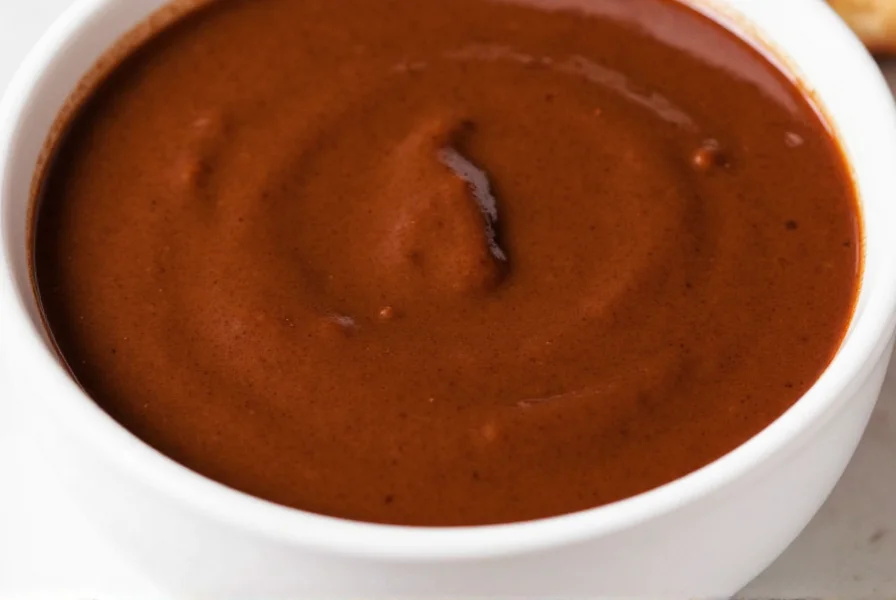
Conclusion
In conclusion, mole sauce is a vital part of Mexican cuisine, known for its complex flavors and deep cultural significance. What is mole sauce in Mexican food? It’s a testament to the country’s rich culinary heritage, a blend of indigenous and colonial influences, and a dish that brings people together. Whether you're cooking it from scratch or using a store-bought version, mole offers a unique and unforgettable experience that celebrates the heart of Mexican food.
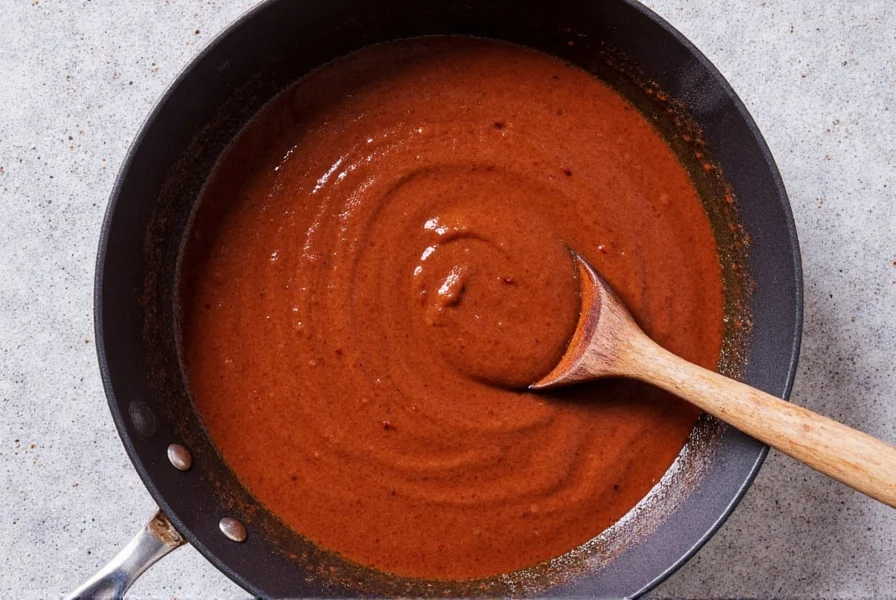

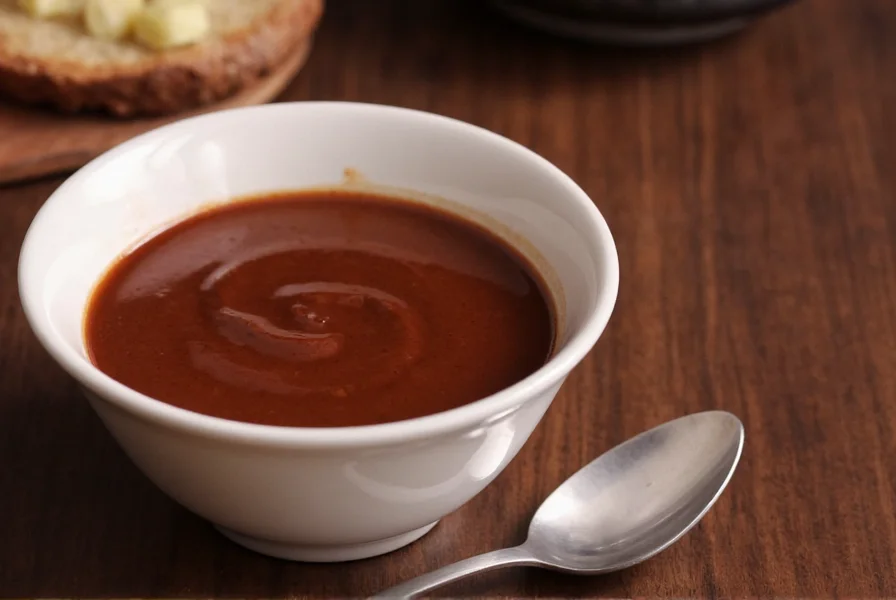









 浙公网安备
33010002000092号
浙公网安备
33010002000092号 浙B2-20120091-4
浙B2-20120091-4